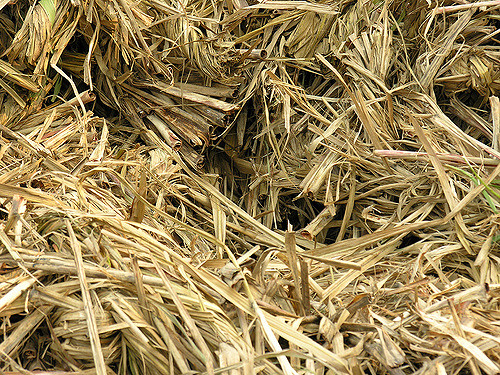
Several summits and conferences, and scientists, industry experts, and researchers, since the past half a century or so, have unanimously concluded that climate change is a real phenomenon and that it is being accelerated by human activities including the production of greenhouse gasses by various industries.
An urgent call to control our carbon footprint has been reverberating for several decades now. Deforestation, too, has been found to be aiding the unnatural acceleration in climate change. One of the industries that consume the largest shares of forest land is the paper & pulp industries, right after housing and construction.
The industry, however, has been making strides in innovating conventional methods of paper manufacturing. Some of these innovations include incorporation of newer, better fibrous materials. Nanotechnology, too, is being used for searching viable solutions.
A more humble and simpler solution since the past couple of decades has been the byproduct of sugarcane juice extraction, a fibrous material called Bagasse. And although Bagasse has been used in the paper industry since the early 1940s, its large-scale incorporation only began in the late 80’s, and yet lags behind the use of tree cellulose.

Bagasse Vs Wood
Bagasse is a fibrous residue left after the sugarcane is crushed for extraction of its juice. It contains about 48-50% moisture, 65-68% fiber and 2-4% sugar, and other minor constituents.
This is known as mill wet bagasse. Bagasse is used as a biofuel mainly because of its fiber content which in turn contains 45-55% cellulose, 20-25% hemicelluloses, 28% pentosans, 20% lignin (natural glue), 5% sugar, and 2% other minerals.
The cellulose content of bagasse makes it viable as a fibrous raw material in the paper industry.
Wood consists of 40-50% cellulose and 23-25% hemicellulose. But rapid deforestation and slower afforestation have forced industries to reconsider wood and instead use Bagasse, hemp or cotton.
Production
The production process of Bagasse undergoes depithing (removing pith fibers, another byproduct of sugarcane crushing), removal of chemicals, screening, bleaching, washing and neutralizing, and dewatering and thickening to the pulp.
Additionally, there are also post production processes where the end product is manufactured. They include stock preparation, wet end, drying section, and cutting and wrapping.
Advantages Of Bagasse Paper
Bagasse has high fibrous content and consumes less than 15% of the chemicals required for treating regular raw wood. Bagasse-paper is also more durable and lighter than regular paper and can be mixed with other agricultural byproducts to make ultra-lightweight papers and boards.
However…
Bagasse production has some hazardous consequences. Its residuals, when not segregated, have been noted to cause pulmonary fibrosis (a chronic lung condition also known as bagassosis).
Sugarcane is grown mostly in sub-tropical nations, and import can be costly and cumbersome. This disables a lot of nations in the northern hemisphere from using bagasse paper.
Competitors
Bagasse paper, being an old innovation, has many competitors in the modern world. Hemp (a strain of marijuana), kenaf, and cotton are three products that are equally being considered as a replacement for bagasse.
Hemp is known for its high fibrous content and its ability to grow in any terrain. However, most nations have banned the use of Hemp because of its close relation with cannabis, a psychedelic plant.
Cotton has high fiber content, too, and is being used mostly in making bank notes. The conditions required for its growth is a limiting factor in its production. It is also costlier to make.
Another latest innovation includes using nanotechnology to create nano carbon fibers that can act as a conducting paper medium. Research is going on to create “interactable papers”.
Conclusion
The human society consumes nearly 4 billion trees annually despite having viable alternatives. Methods of increasing the production of these alternatives and making them more versatile for mass consumption are the need of the hour.
